Optimal Timing for Mudjacking Services
Mudjacking is a process used to lift and stabilize sunken or uneven concrete surfaces by injecting a mixture of soil, cement, and other materials beneath the slab. This technique is often employed for driveways, sidewalks, and patios to restore their level and prevent further damage. Proper timing can enhance the effectiveness and longevity of mudjacking repairs, making it essential to understand seasonal and environmental factors.
Spring and early summer are generally considered ideal for mudjacking due to moderate temperatures and stable ground conditions.
Dry, mild weather helps ensure proper curing of the mud mixture and reduces the risk of washouts or delays.
Temperatures between 50°F and 85°F support optimal setting and bonding of the mud mixture.
Soil should be moist but not saturated for effective mudjacking; excessively wet or frozen ground can hinder the process.
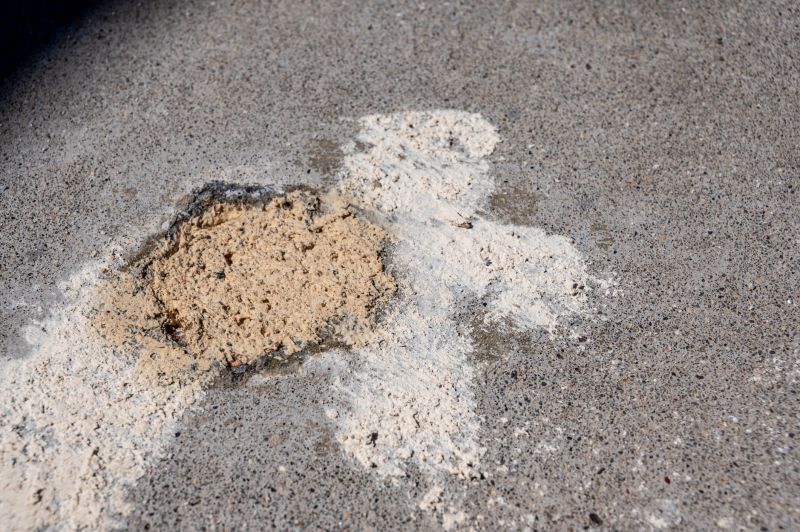
Spring offers ideal conditions with moderate temperatures and manageable ground moisture.
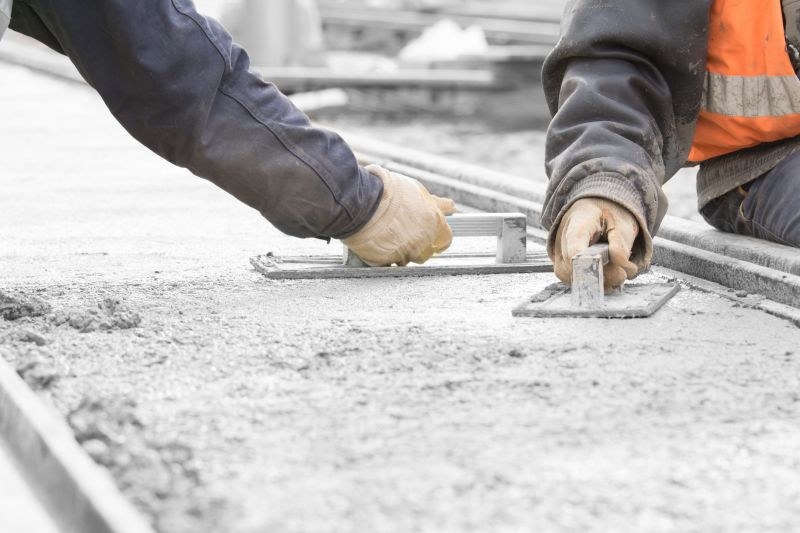
Early summer can be suitable, provided weather remains dry and temperatures stay within the optimal range.
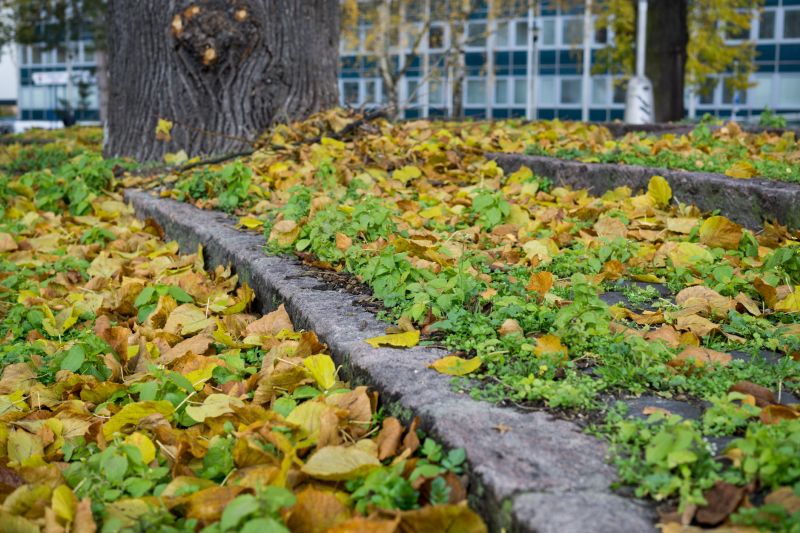
Fall can be effective if done before cold weather sets in, avoiding freeze-thaw cycles.
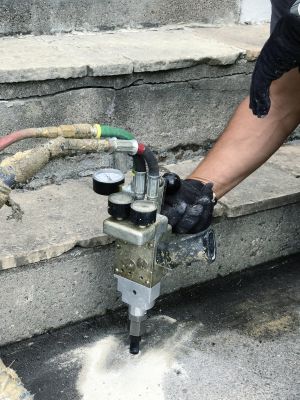
Ways to make Mudjackings work in tight or awkward layouts.
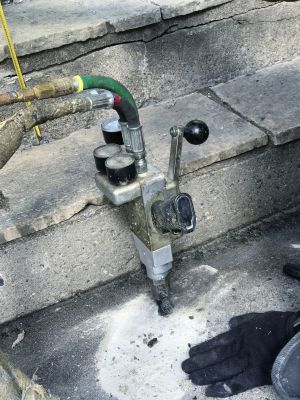
Popular materials for Mudjackings and why they hold up over time.
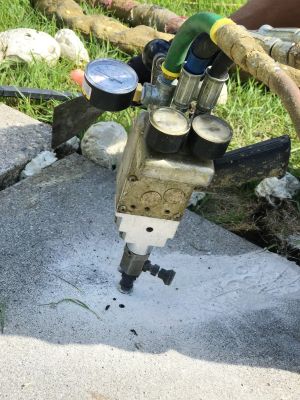
Simple add-ons that improve Mudjackings without blowing the budget.
Mudjacking is a cost-effective and minimally invasive solution for correcting uneven concrete surfaces. It involves drilling small holes into the affected slab and injecting a specially formulated mixture beneath it to lift and stabilize the concrete. This process can restore the surface to its original level, preventing further damage and reducing trip hazards. The success of mudjacking depends on proper timing, soil conditions, and weather, making it crucial to select the right season for the repair.
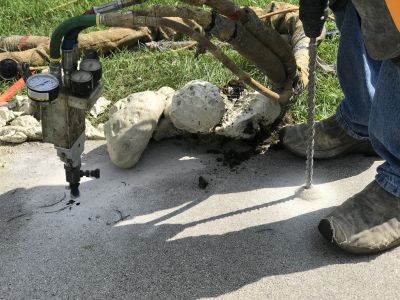
Specialized pumps and drills are used to inject the mixture beneath the slab.
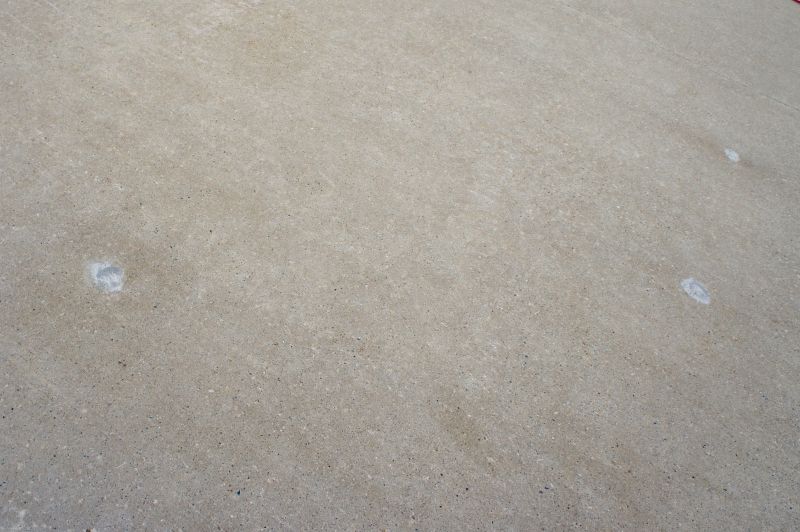
Properly timed mudjacking can significantly improve the safety and appearance of concrete surfaces.

Ensuring soil is adequately moist helps achieve better results.
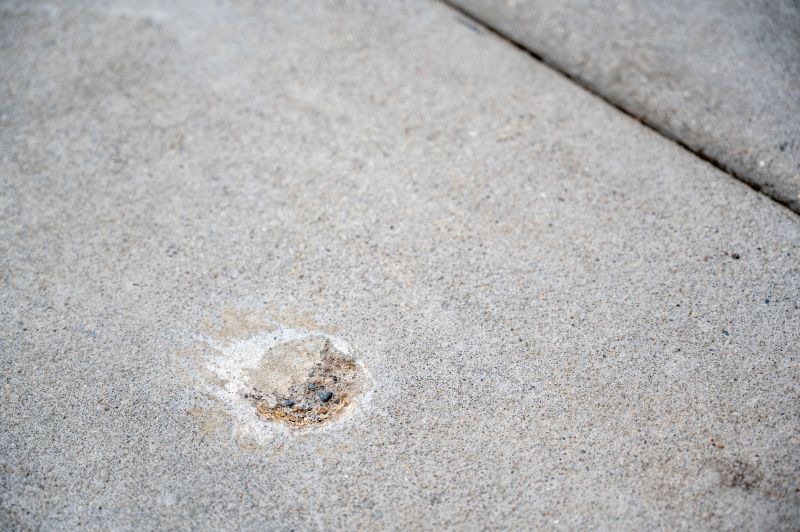
Weather conditions during curing influence the durability of the repair.
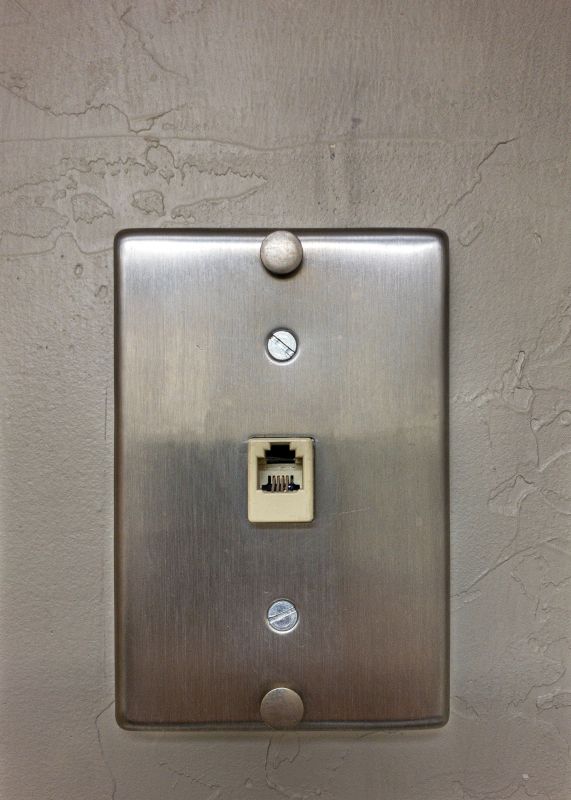
High-end options that actually feel worth it for Mudjackings.
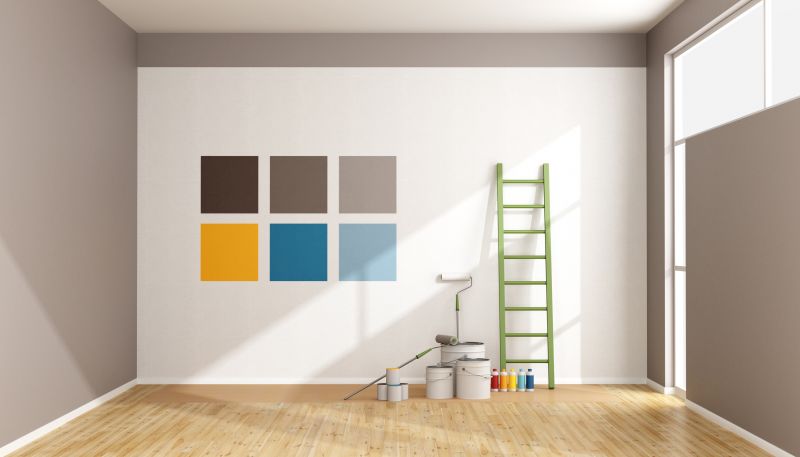
Finishes and colors that play nicely with Mudjackings.
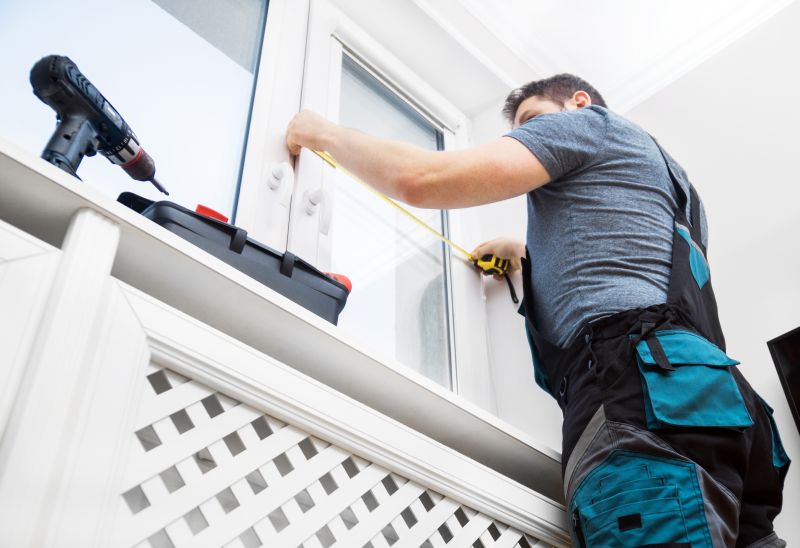
Little measurements that prevent headaches on Mudjackings day.

A 60-second routine that keeps Mudjackings looking new.
| Season | Ideal Conditions |
|---|---|
| Spring | Moderate temperatures, stable ground, dry weather |
| Summer | Dry, warm days, avoid excessive heat |
| Fall | Before cold weather, avoid freeze-thaw cycles |
| Winter | Generally not recommended due to freezing ground |
Choosing the correct time for mudjacking can extend the lifespan of repairs and ensure optimal results. It is advisable to avoid mudjacking during extreme cold or wet conditions, as these can compromise the integrity of the injected material. Consulting with a professional can help determine the best window for performing mudjacking based on local climate and soil conditions.
